Move with Presence: Mindful Movement and Meditative Exercises
Chosen theme: Mindful Movement: Meditative Exercises. Slow down, breathe, and let attention lead every gesture. This home page invites you to explore breath-led motion, compassionate awareness, and simple daily rituals. Share a thought, ask a question, and subscribe for weekly mindful movement prompts.
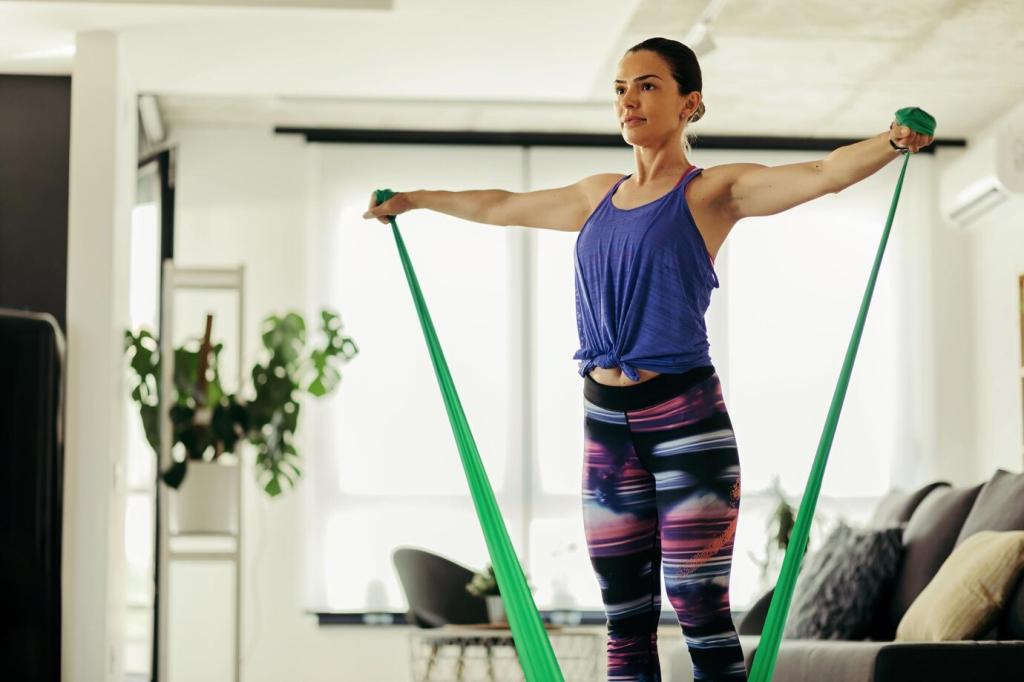
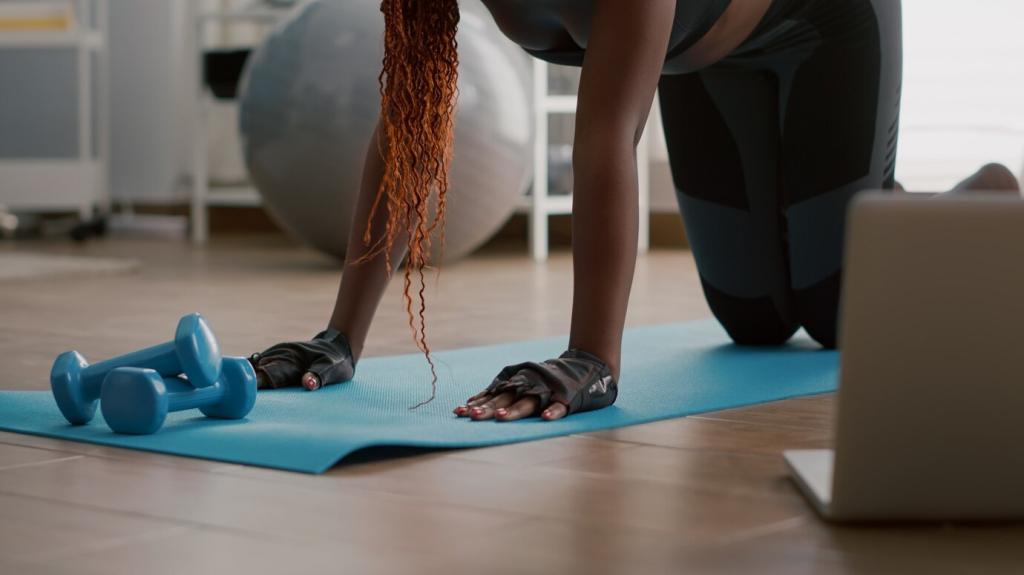
Walking as a Moving Meditation
Footfall-Breath Synchrony
Begin with four steps to inhale, six to exhale. Keep shoulders relaxed and eyes soft. If the pace feels strained, shorten the count. Let the ground teach you timing while curiosity maps small sensations in arches, shins, and hips.
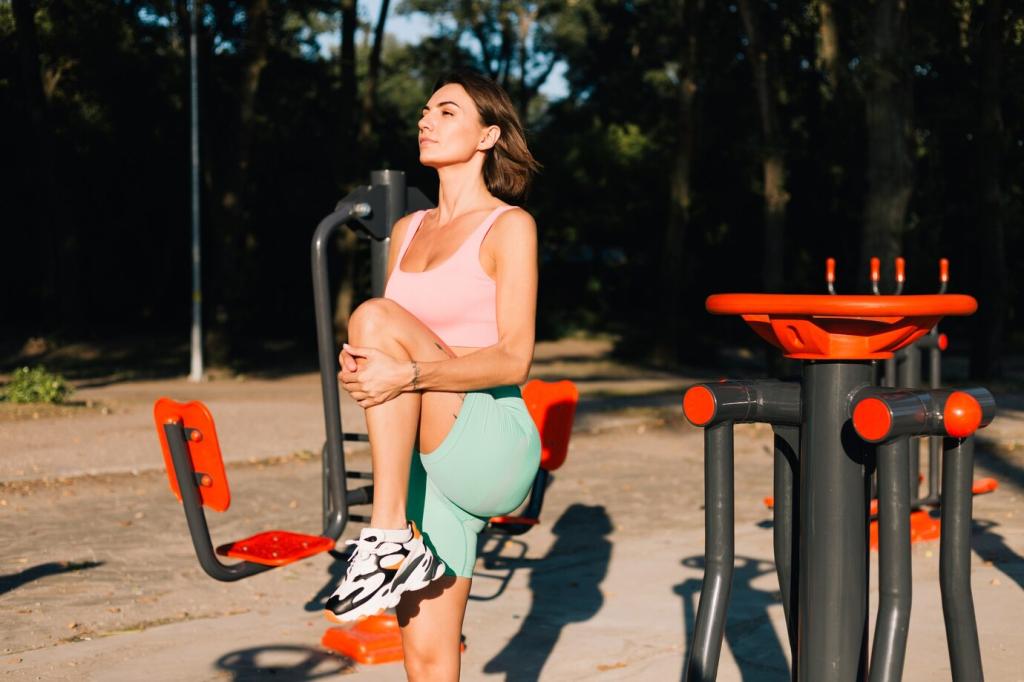
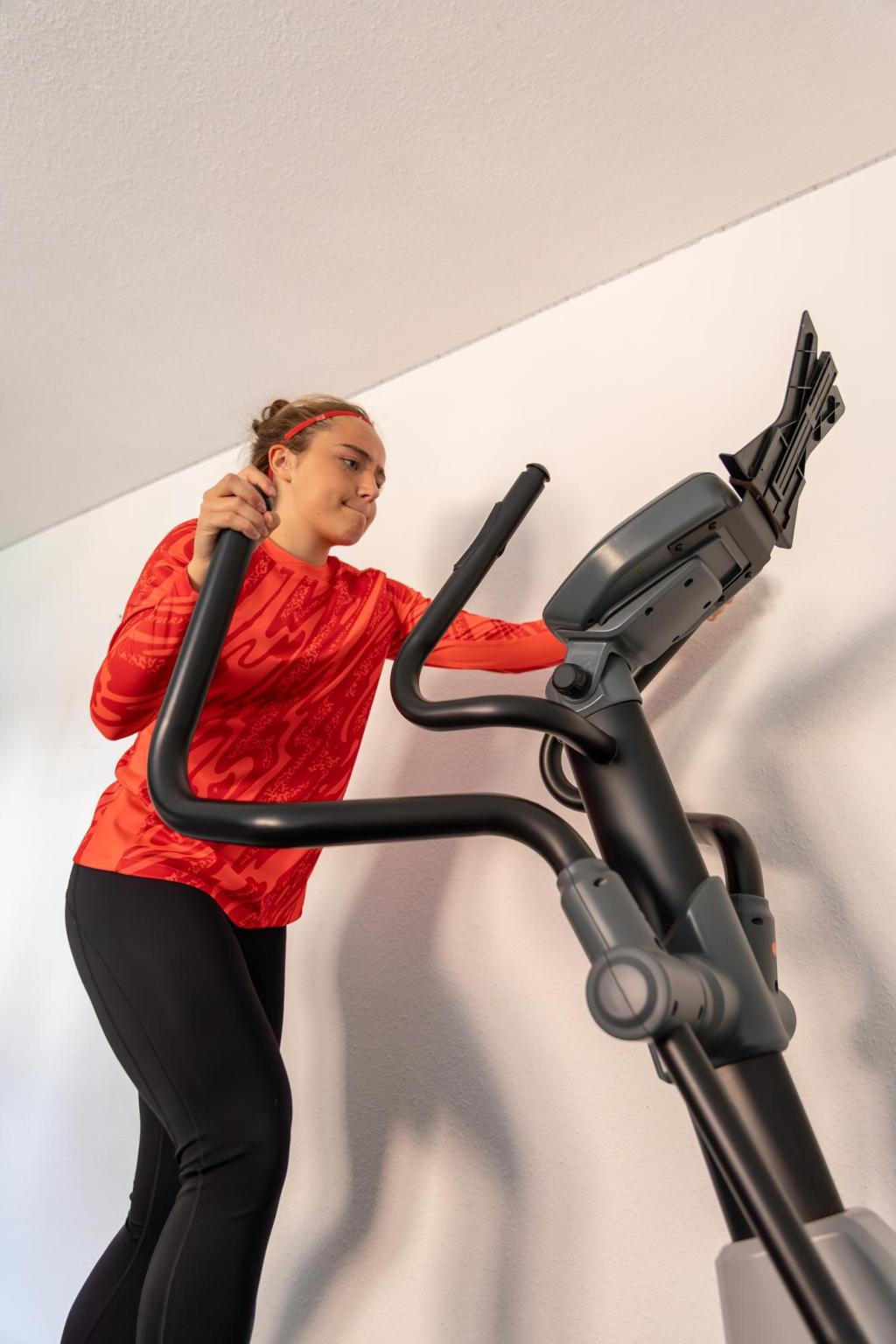
Attention Anchors on the Go
Choose one anchor per block: the brush of air on cheeks, heel-to-toe roll, or the sway of arms. If thoughts race, name one sound, one color, and one physical sensation, then return to your anchor with kindness and patience.
The Science Behind Mindful Movement
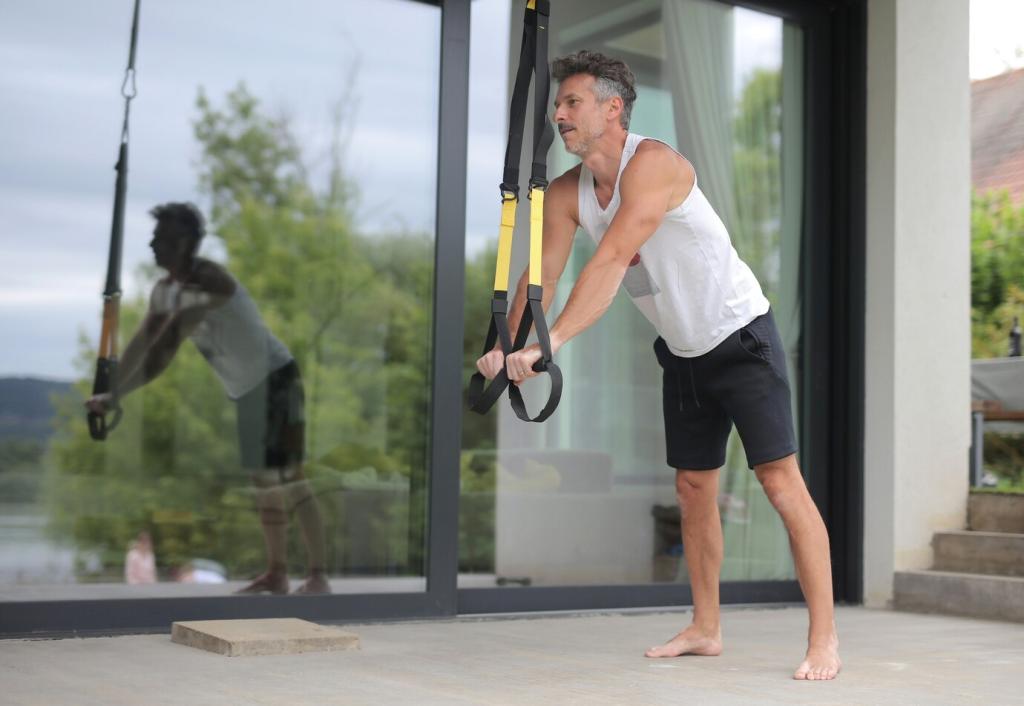
Interoception Builds Resilience
Interoception—sensing internal signals like heartbeat and breath—improves emotion regulation. Slow, attentive movement trains this skill. When you notice early signs of tension, you can respond sooner with gentler choices, rather than reacting after stress has already peaked.
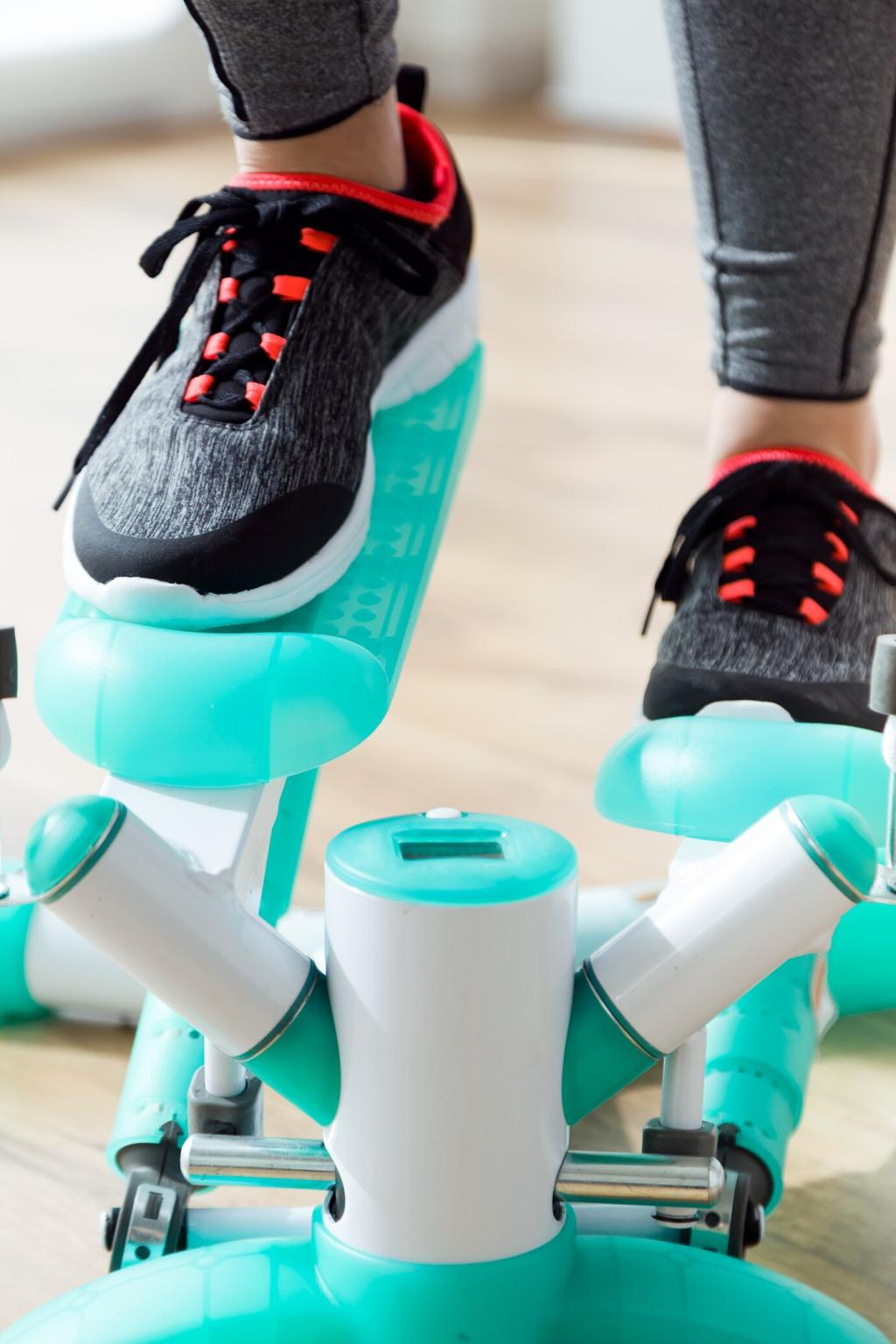
Exhalation and the Vagus Nerve
Long, unforced exhalations stimulate vagal pathways that help downshift arousal. Pairing lengthened exhales with smooth movement can lower perceived effort. Think of it as a volume dial: a softer exhale gradually quiets the internal noise of stress.
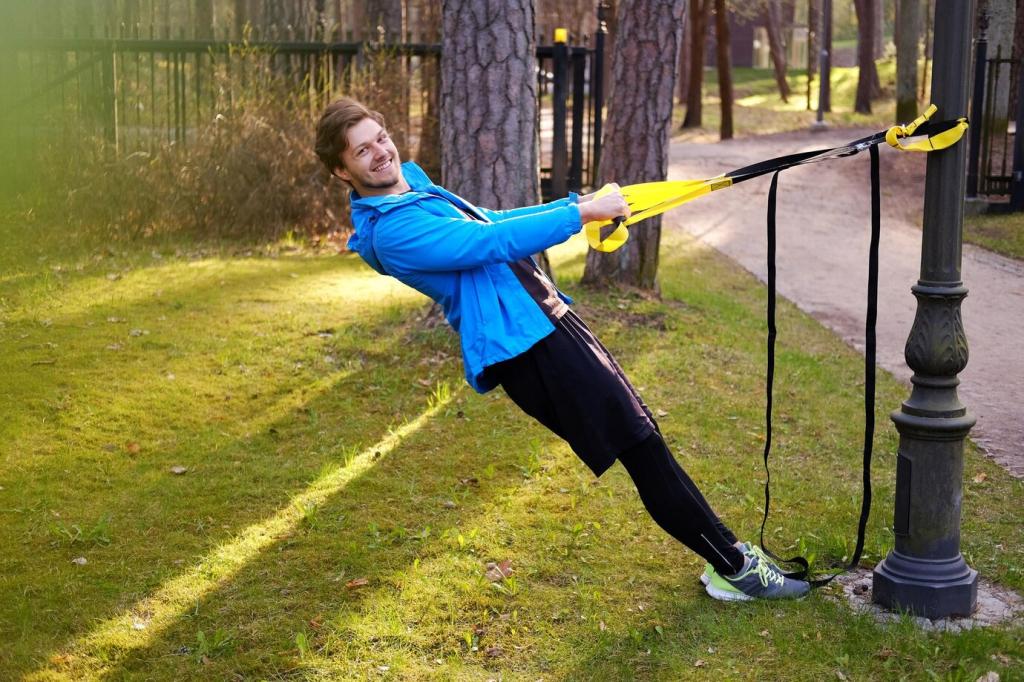
Attention as a Muscle You Train
Attention drifts; that is normal. The practice is noticing and returning, again and again. Each kind return strengthens focus like a muscle, making mindful movement steadier and meditation in motion more available during everyday challenges.
Micro-Practices for Busy Days
Seated, inhale to reach crown upward. Exhale, slide shoulders back and down, palms open. Inhale, tilt pelvis slightly forward; exhale, soften your jaw and eyes. Repeat for five breaths, matching motion to exhale softness. Notice clarity returning without strain.
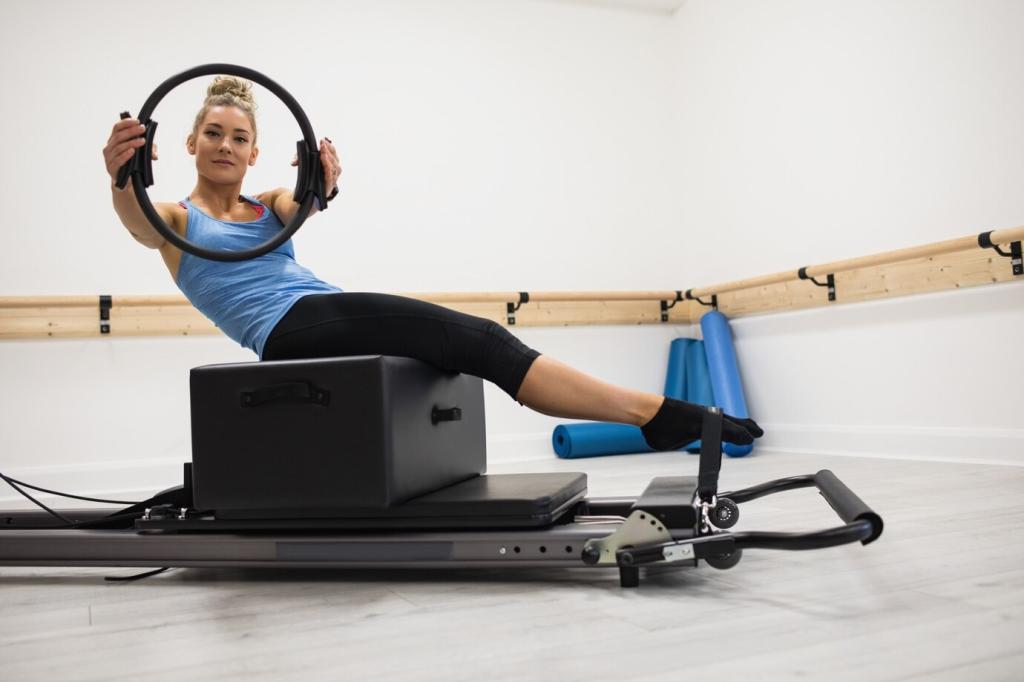
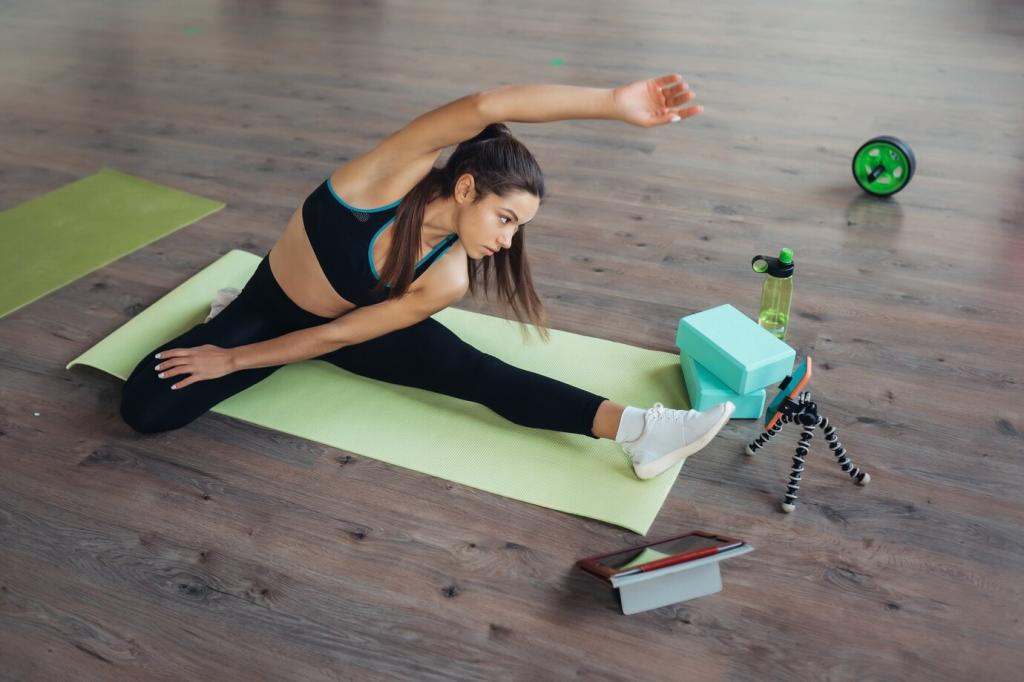

Design Your Personal Mindful Movement Plan
Choose a feeling to cultivate—steadiness, warmth, or clarity. Write one sentence you can revisit. Intentions guide quality, not quantity, and help your movement remain meditative rather than rushed or performative.
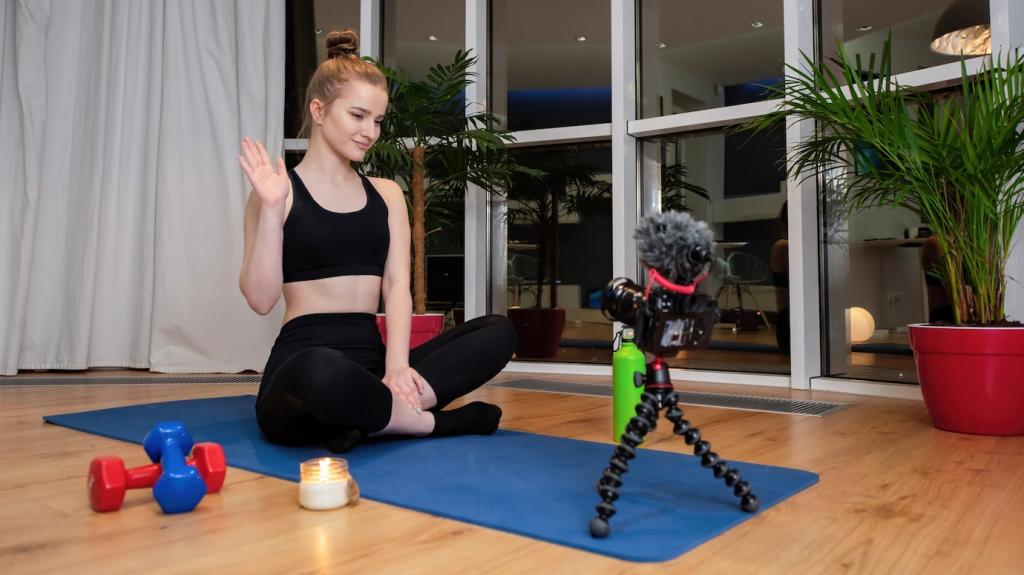
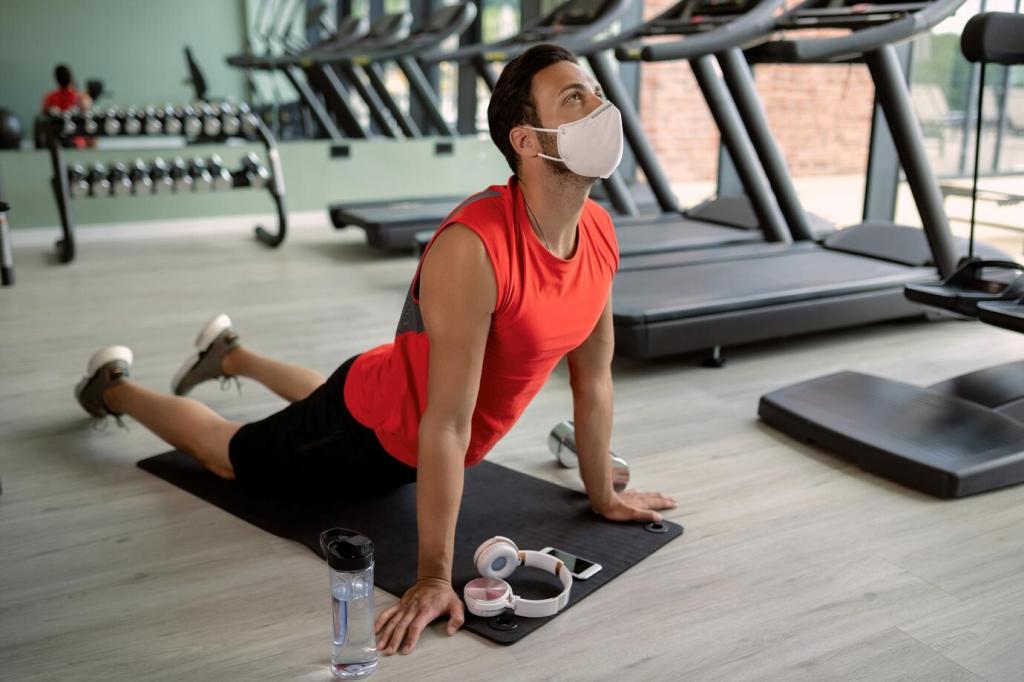
Design Your Personal Mindful Movement Plan
Try two minutes of breath-led joint circles, five minutes of slow, spacious flows, and three minutes of stillness. Keep attention on sensations, not numbers. If anything feels jittery, lengthen the exhale and shrink the range until comfort returns.
